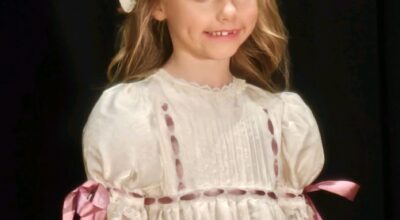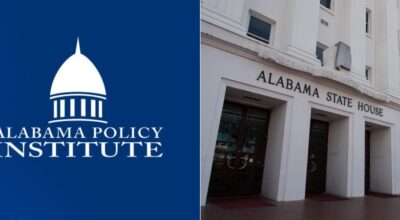Macy’s Thanksgiving Day Parade, a family tradition
Published 4:26 pm Wednesday, November 21, 2018
|
Getting your Trinity Audio player ready...
|
It was a cold, dark morning; colder than the days we had last week here in the Camellia City.
There was a small percentage of snow forecasted, and it felt like it as we lined the street parallel to Central Park. I could not feel my hands and I was sure my nose and ears were next to freeze.
Just when the sun was rising, we started walking. Like a dream, it hit me all at once – we were about to take part in a national tradition – The Macy’s Thanksgiving Day Parade. A family tradition for me, all my life, Thanksgiving Day began by watching this parade.
With balloons looming above and thousands of people lining the streets, I waved to everyone wishing them a Happy Thanksgiving and Merry Christmas. A time before phones were in the hands of everyone, communication with my family was difficult, but finally, as we walked to the corner of 6th Avenue and 9th, I heard my name. Looking over my family greeted us – comforting to see some familiar faces in the crowd.
Marching all the way to 34th Street and Harold Square, we performed in front of the judges and the many cameras. It was a Thanksgiving for the books. That night we shared Thanksgiving dinner at one of my mother’s many bucket list restaurants.
A Thanksgiving to remember to say the least, every year I look forward to this parade. There is so much history wrapped up in this tradition.
Below are 10 facts to share while watching the parade this year. This year marks the 92nd annual Thanksgiving Day parade.
- The first Macy’s Thanksgiving Day parade was in 1924. Instead of balloons, animals from the Central Park Zoo walked down the streets in Harlem, along with Macy’s employees – recent immigrants wishing to express gratitude for the United States. It was six miles long.
- “Felix the Cat” was the first balloon making a debut in 1927. Instead of using helium, the balloon handlers carried the balloon on stilts down the street. Today, Macy’s ranks as the No. 2 consumer in the world of helium. It also requires at least 90 minutes to blow up balloons and 90 balloon handlers to keep them on the ground.
- During World War II, Macy’s canceled the parade due to a shortage of rubber and helium needed to create the balloons. During that time, Macy’s donated 650 pounds of balloon rubber to the military. When it returned in 1945, two million people turned out for the parade and NBC camera crews appeared on the scene.
- Today, the balloons are crated and stored in a house in New Jersey, however, for years, at the end of the parade, the balloons were released. Many of the balloons would end up on Long Island where, if found, Macy’s would give an award. Unfortunately people began tearing the balloons in order to receive a portion of the prize, and one Thanksgiving, a balloon almost was the culprit of a plane crash.
- Gimbel’s in Philadelphia hosted a parade in 1923, one year before Macy’s parade. The tradition did not pan out as well for them.
- The floats are hand painted and glittered. Decorated in the Parade Studio in New Jersey, an average float will have 100 to 200 pounds of glitter.
- The cost of the Pillsbury Doughboy could feed an army. According to Macy’s, if he were actually made of dough, he’d be equivalent to four million crescent rolls.
- This year, the lead float is Tom Turkey. He is the longest running title float in the parade. This year, he will pull his own weight due to the new self-propelled design.
- Macy’s has never shared the cost of the parade. Seeing the parade as a gift to the city, Macy’s considers it rude to share that information claiming you don’t give a gift with a price tag on it.
For more information and more facts like these visit www.macy’s.com/social/parade




